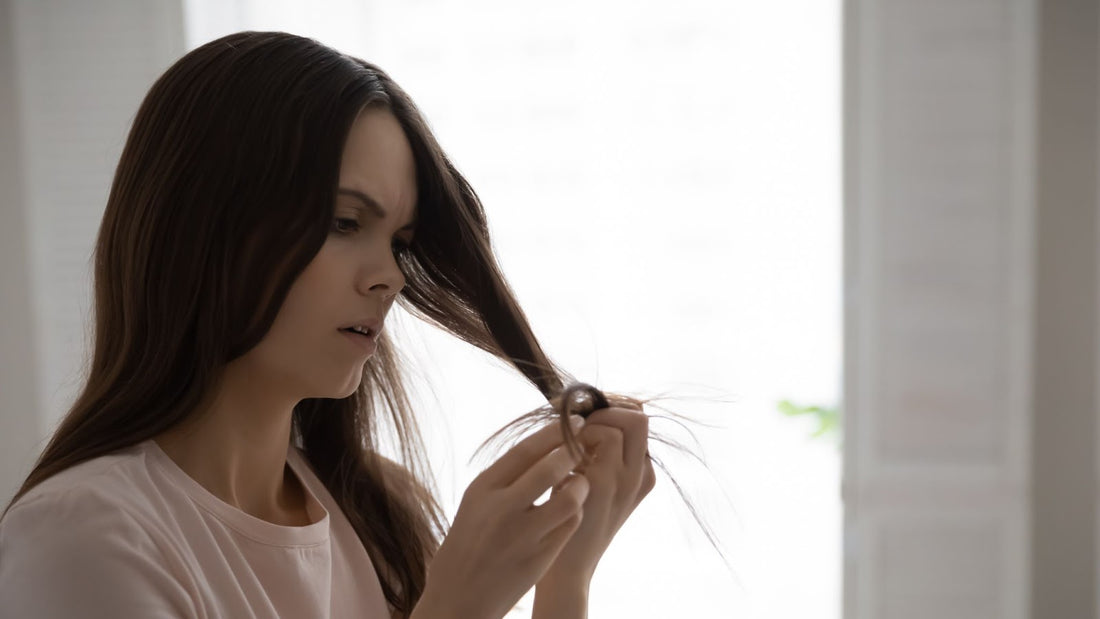Understanding trichotillomania and its impact can be challenging. This mental health condition often leads to both physical and emotional distress. In this post, we will explore popular treatment options that offer a path to better well-being.
What is Trichotillomania?
Trichotillomania, also known as "hair-pulling disorder," is a mental health condition in which individuals have the uncontrollable urge to pull out their hair. It falls under the umbrella of Body-Focused Repetitive Behaviors (BFRBs), along with nail-biting, or skin picking.
Key Features of Trichotillomania
-
Irresistible Urges: Sufferers often describe a mounting sense of tension before they pull their hair, which only subsides after the act.
-
Hair-Pulling Rituals: Some individuals have particular 'rituals' around hair-pulling, such as pulling a strand between their fingers or biting the pulled hair.
- Multiple Areas: The condition can manifest in pulling hair from various parts of the body, including the scalp, eyelashes, eyebrows, and even pubic areas.
The Psychological Aspect
-
Emotional Triggers: Stress, boredom, or negative emotions can often trigger hair-pulling episodes.
-
Coping Mechanism: For some people, hair-pulling serves as a way to deal with unpleasant emotions or situations.
- Comorbid Conditions: Trichotillomania often occurs alongside other disorders such as anxiety, depression, ADHD or OCD (Obsessive-Compulsive Disorder).
Treatment Options for Trichotillomania
Typical Mental Health Medications - SSRIs
Selective Serotonin Reuptake Inhibitors, commonly known as SSRIs, are a group of antidepressant medications. They're often prescribed to treat various mood disorders.
Common SSRIs include:
- Fluoxetine (Prozac)
- Citalopram (Celexa)
- Paroxetine (Paxil, Pexeva)
- Sertraline (Zoloft)
- Escitalopram (Lexapro)
- Fluvoxamine (Luvox)
Typically prescribed for:
- Major Depressive Disorder
- Anxiety Disorders (like Generalized Anxiety Disorder, Panic Disorder)
- Obsessive-Compulsive Disorder (OCD)
- Post-Traumatic Stress Disorder (PTSD)
- Social Phobia or Social Anxiety Disorder
- Some Premenstrual Dysphoric Disorder (PMDD) symptoms
SSRI Usage in BFRBs
While SSRIs and other medications are sometimes prescribed for Body-Focused Repetitive Behaviors (BFRBs) like trichotillomania, it's essential to note that there is currently no medication specifically approved for the treatment of trichotillomania. Always consult with a physician before considering medication for BFRBs or any other condition.
Behavioral Therapies
Habit Reversal Training (HRT)
Habit Reversal Training (HRT) is an evidence-based treatment often used in conjunction with medication for trichotillomania. It's a subset of Cognitive Behavioral Therapy (CBT) specifically tailored to tackle problematic repetitive behaviors like hair pulling.
- Awareness Training: The person is taught to recognize when they are about to perform the tic or habit behavior. This might involve identifying the sensations, thoughts, or feelings that precede the behavior (sometimes called the "premonitory urge").
- Competing Response Training: Once the individual recognizes the urge to perform the tic or habit, they are taught to engage in a behavior that is incompatible with the tic or habit. For example, if someone has a hand tic, they might be taught to clench their hands or place them on their lap when they feel the urge to tic.
- Support Training: Family members or close friends might be enlisted to help the individual recognize when they are engaging in the tic or habit behavior. They can provide reminders to use the competing response.
HabitAware uses the three steps of HRT to support recovery. Our Keen2 bracelet helps drive awareness by capturing motions related to your habit so it can gently remind you when you’re involuntarily pulling your hair, picking your skin, or biting your nails. Our e-course teaches you how to ‘compete’ and replace your habit with the right strategy.
Finally, you can join our supportive online community, the BFRB change Collective for ongoing support training and peer coaching.
Cognitive Behavioral Therapy (CBT)
Cognitive Behavioral Therapy (CBT) is another treatment option and a widely-used therapeutic approach that focuses on the interrelationship between thoughts, emotions, and behaviors. It is based on the premise that our thoughts (cognitions) influence our feelings and behaviors, and by identifying and challenging maladaptive thoughts, one can bring about positive changes in emotions and actions.
CBT is structured, goal-oriented, and typically shorter in duration than some other types of psychotherapy. Here are the primary components and concepts of CBT:
-
Cognitive restructuring: This involves identifying and challenging negative or irrational thought patterns and beliefs, and replacing them with more positive or realistic ones. For example, you may identify and challenge beliefs about hair-pulling, such as "I can't resist the urge" or "Pulling my hair calms me down." Then, develop more adaptive thoughts, like "Resisting the urge will make me feel better in the long run."
- Behavioral activation: Encouraging engagement in activities that keep their hands busy, reducing the opportunity to pull. For instance, crafting, knitting, or squeezing a stress ball.
- Exposure therapy: This might involve exposing individuals to situations where they typically pull their hair but encouraging them not to engage in the act. Over time, the urge to pull in these situations may decrease.
Living with Trichotillomania: Support and Resources
- Online Support Group: Virtual communities provide a platform for sharing experiences and coping strategies
- The TLC Foundation: Offers resources, webinars, and workshops
- Medical Consultation: Always consult your primary healthcare provider for personalized advice
Final Takeaways
While there is no approved medication for treating Body-Focused Repetitive Behaviors (BFRBs), there are plenty of other treatment options - like Habit Reversal Training and Cognitive Behavior Training. Keen provides users with a holistic and science-based approach to fight invasive habits. Find out why 82% of our users reported changes in their behavior.
**Disclaimer**: This article is intended for informational purposes only and should not be considered as medical advice. Always consult your healthcare provider for a personalized diagnosis and treatment plan.


